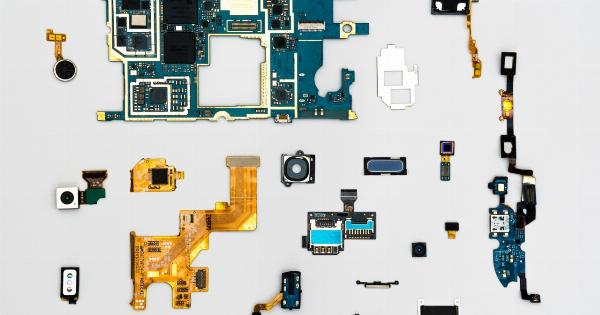In recent years, there has been a growing recognition of the need for comprehensive reform in psychiatric care in public hospitals.
The inadequacy of the existing systems, the increasing burden of mental health disorders, and the advancements in technology have all contributed to a call for change. This article explores the transformative potential of technical reforms in public hospitals, aiming to enhance psychiatric care and improve patient outcomes.
The Current State of Psychiatric Care in Public Hospitals
Public hospitals have long been criticized for their limited resources and outdated infrastructure when it comes to psychiatric care.
Mental health disorders are on the rise globally, and public hospitals struggle to cope with the growing demand for services. Long waiting times, overcrowded facilities, and insufficient staff are just some of the challenges faced by the current system.
Additionally, the stigma associated with mental health often deters individuals from seeking help, causing further strain on public hospitals.
This results in a vicious cycle where those who need care the most are unable to access it, leading to worsening mental health outcomes and an increased burden on the healthcare system.
The Role of Technical Reform in Transforming Psychiatric Care
Technical reform, encompassing the integration of technology into psychiatric care, has the potential to revolutionize the way public hospitals address mental health challenges.
By leveraging innovative solutions, such as telepsychiatry, electronic health records, and remote monitoring, technical reforms can address the existing limitations and improve access to quality care.
Telepsychiatry: Breaking Barriers to Accessing Care
Telepsychiatry refers to the delivery of psychiatric care remotely through video-conferencing or telephone. This approach removes geographical barriers, making it easier for individuals in rural or underserved areas to receive mental health services.
Public hospitals can leverage telepsychiatry to extend their reach and connect patients with mental health professionals regardless of their location.
This reform reduces wait times and allows individuals to receive timely care, leading to better mental health outcomes.
It also enables public hospitals to overcome the stigma associated with seeking mental health services, as patients can access care from the privacy of their own homes.
Electronic Health Records: Enhancing Care Coordination
The implementation of electronic health records (EHRs) in psychiatric care can significantly improve care coordination and facilitate comprehensive treatment plans.
EHRs enable healthcare providers to access patient information seamlessly, reducing the risk of miscommunication or gaps in care.
With EHRs, psychiatrists and other healthcare professionals can easily collaborate, share patient data, and monitor treatment progress.
This improves the continuity of care and ensures that patients receive consistent and coordinated support throughout their mental health journey.
Remote Monitoring: Preventing Crisis Situations
Remote monitoring systems, such as wearable devices and mobile applications, allow for continuous monitoring of an individual’s mental health status.
These tools can track vital signs, mood changes, and medication adherence, providing valuable insights to healthcare providers.
By remotely monitoring patients, healthcare professionals can detect early warning signs of potential crisis situations and intervene proactively.
Public hospitals can implement remote monitoring programs to prevent hospitalizations or emergency room visits, reducing the burden on the healthcare system and improving patient outcomes.
The Importance of Training and Support
While technical reforms hold tremendous potential, their successful implementation relies on comprehensive training and support for healthcare providers.
Public hospitals need to invest in training programs to ensure that doctors, nurses, and other staff members are equipped with the necessary skills to utilize these technologies effectively.
Moreover, ongoing support and troubleshooting mechanisms should be in place to address any challenges that arise during the implementation and use of new technologies.
This will help build confidence among healthcare providers and improve the overall user experience, leading to better adoption and outcomes.
Challenges and Considerations
While technical reform presents promising solutions, it is essential to address potential challenges and considerations.
Privacy and security concerns around the electronic storage of patient data need to be addressed through robust cybersecurity measures.
Furthermore, the accessibility gap needs to be addressed to ensure that individuals from diverse socioeconomic backgrounds can benefit from these technological advancements.
Public hospitals must strive to bridge the digital divide and provide equal opportunities for all patients to access and benefit from technical reforms in psychiatric care.
Conclusion
Transforming psychiatric care in public hospitals through technical reforms is a necessary step towards addressing the current limitations and improving patient outcomes.
Telepsychiatry, electronic health records, and remote monitoring can enhance access to care, enhance care coordination, and prevent crisis situations. However, it is crucial to invest in training, support, and cybersecurity measures, while ensuring equitable distribution of these innovations.
By embracing technical reform, public hospitals can usher in a new era of psychiatric care that is efficient, patient-centered, and responsive to the evolving needs of society.






























